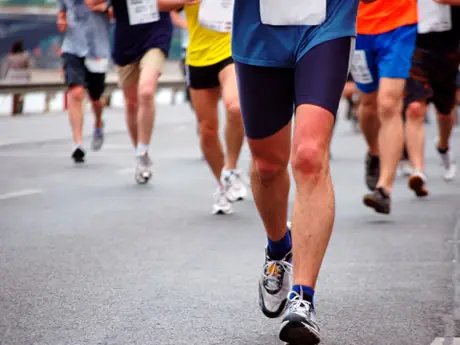
She may still be in college, but Alana Hadley has proven she's a master at the marathon.
At 18, Hadley boasts a 2:38 marathon PR and is headed to the 2016 U.S. Olympic Marathon Trials. During her short running career, Hadley has learned a lot about failure and success, injury prevention, fueling and how to dream big.
1. Turn Every Bad Race into a Learning Experience
Hadley took a hard look at her running after a few races didn't go her way, sometimes even pulling out.
She knew the most recent problem wasn't physical; it was mental. Running is one of the most punishing of sports, and the mental component to training and racing is as important as the actual physical act. Runners can't maximize their physical capabilities unless their perspective is right.
Hadley realized she was being too 'black and white' with her races. If a race wasn't going to be perfect, she struggled with the motivation to stay fully engaged.
Marathons in particular have a number of factors you can't control. Training helps you plan and limit the surprises, but on any given day a runner needs to be able to deal with the unexpected. Hadley now reminds herself that even if a race isn't perfect, it can still turn into a good event. Hadley's most recent PR of 2:38:34 came from one of those imperfect races—a prime example of how she stayed in it and pushed through some early discomfort.
2. Be Proactive with Every Niggle, Soreness and Injury
During a stretch of sand at the Donna Marathon in Jacksonville, Florida, Hadley rolled her ankle and had to withdraw after eight miles. Faced with the heartache only other runners can understand, she did everything she could to diagnose her injury and get better.
Hadley's Achilles tendon was only sprained and it didn't force her to take too much time off. A key factor in her quick recovery came from her strengthening, stretching and treatment routine, which she completed several times a day.
This dedication to staying healthy and giving one's body the care necessary to allow for training isn't limited only to times of injury, Hadley says. All runners should consistently stretch, foam roll and self-massage, and strengthen any areas of weaknesses to prevent an injury from occurring.
- 1
- of
- 3
About the Author

Get ACTIVE on the Go


Couch to 5K®
The best way to get new runners off the couch and across the finish line of their first 5K.
Available for iOS | Android







Discuss This Article